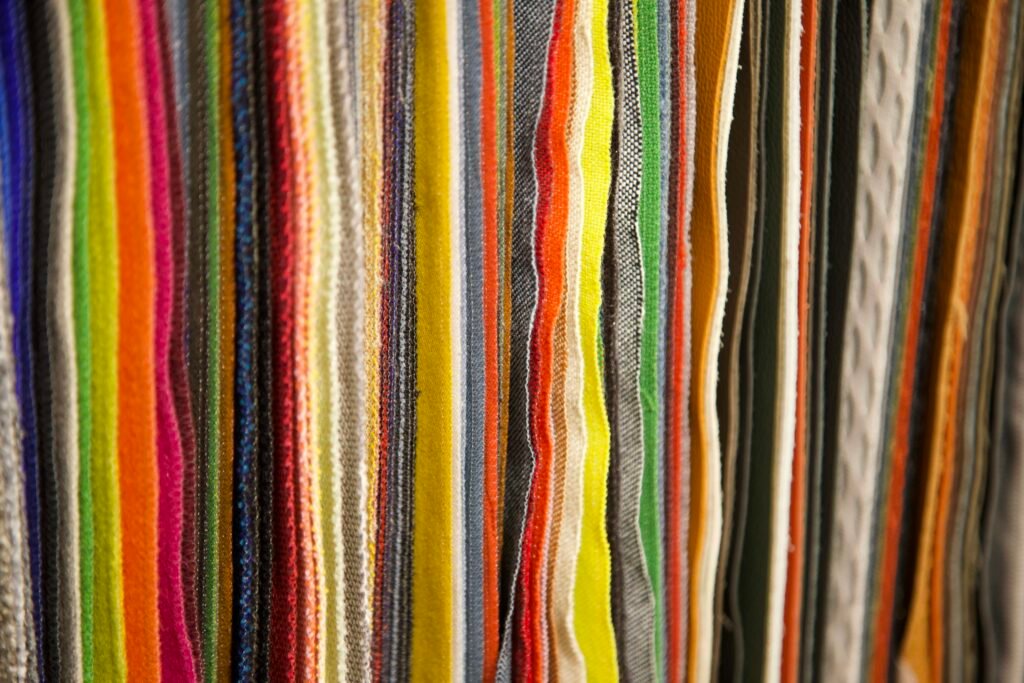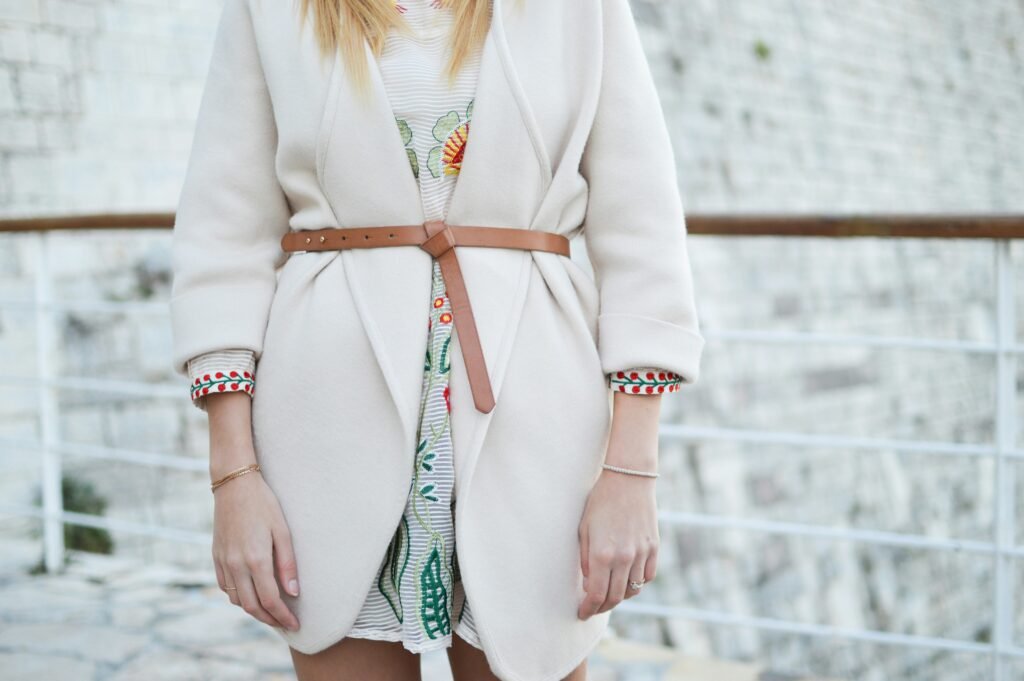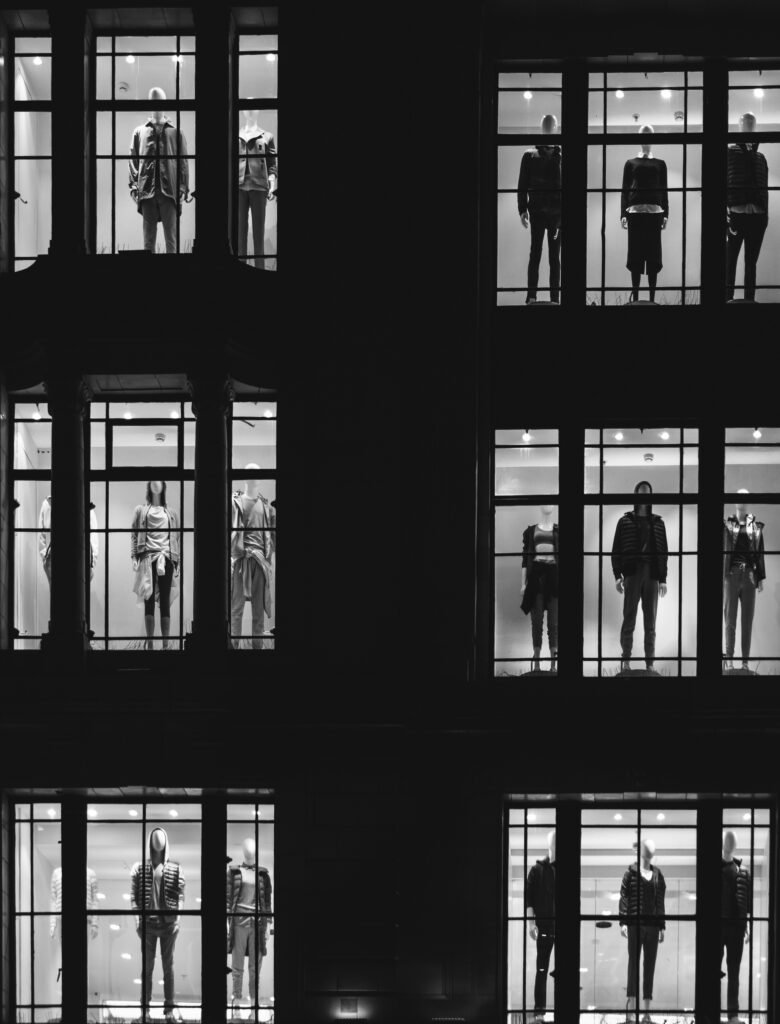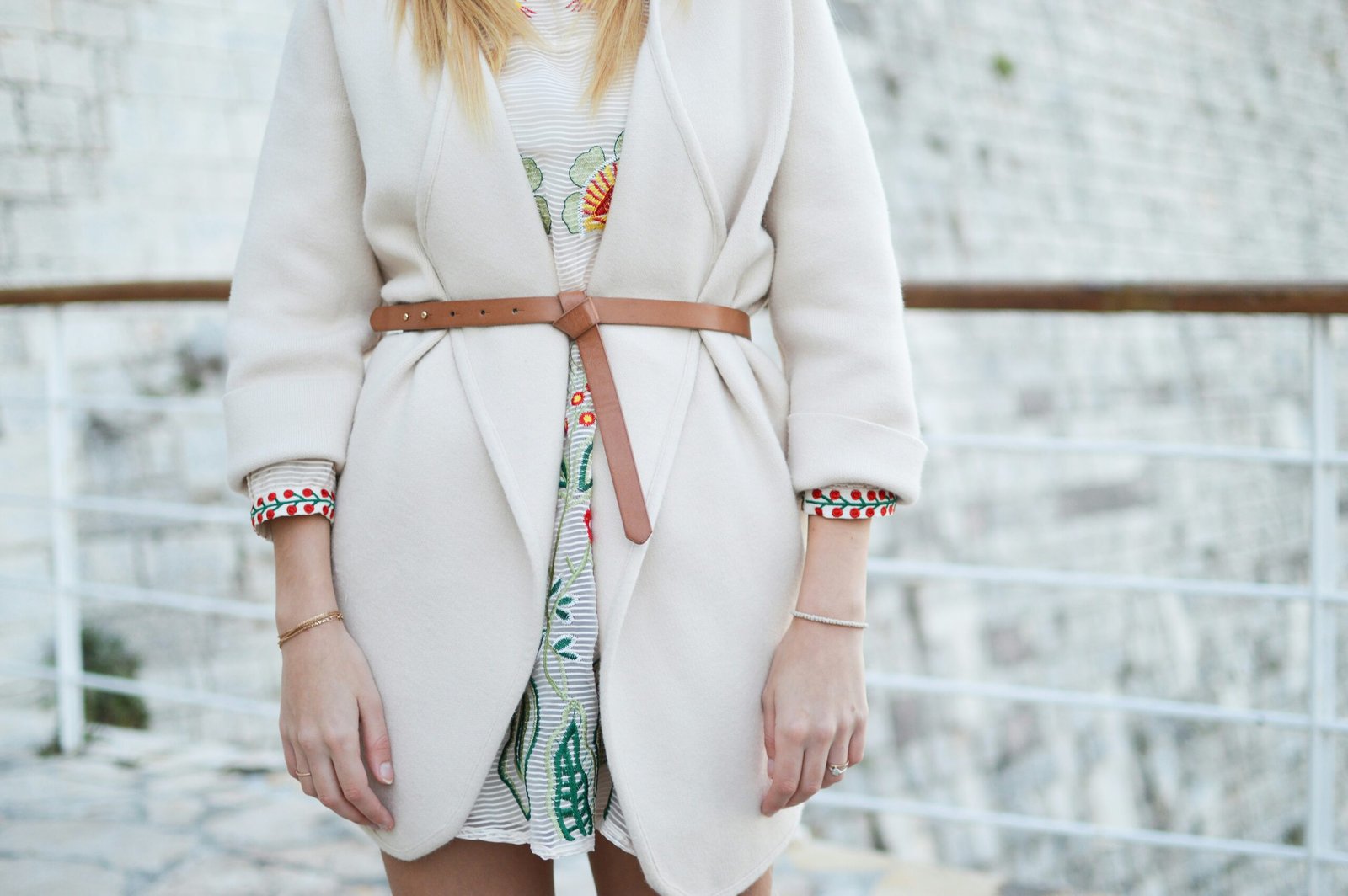In this fascinating Vogue video, Priscila Alexandre Spring, the creative director of leather goods at Hermès, takes you on an exclusive tour of their leather goods studio. For the first time ever, Hermès opens its doors to give us an inside look at how their iconic bags, like the Birkin and Kelly, are made. From the initial sketches to the meticulous craftsmanship, you’ll witness the dedication and passion that goes into creating each Hermès bag. This behind-the-scenes glimpse showcases the stunning facility and the rich history that inspires their designs. Get ready to be captivated by the artistry and craftsmanship that make Hermès bags truly special.
In the video, Priscila shares her personal connection to this creative environment, as well as her love for drawing and embroidery. She emphasizes the importance of every detail in the design process, from the initial sketches to the 3D maquette, and finally to the selection of the perfect leather. This immersive experience will give you a newfound appreciation for the meticulous craftsmanship and time-honored techniques that go into creating each Hermès bag.
Introduction to Hermes Bags
Hermes bags are known for their exclusivity, luxury, and impeccable craftsmanship. These iconic bags, such as the Birkin and the Kelly, have become status symbols in the fashion world. In this article, we will take an inside look at how Hermes creates these exquisite bags. We will explore the leather goods studio, meet Priscila Alexandre Spring, the leather goods creative director at Hermes, and learn about the process of designing and crafting a Hermes bag.
Overview of the Leather Goods Studio
The leather goods studio at Hermes is a stunning facility located in Pantan near Paris. This is where the team works diligently to bring the iconic Hermes bags to life. It is a place of creativity, craftsmanship, and attention to detail. The studio has an atmosphere of passion and dedication, where the legacy of Hermes is upheld with every bag created.

Meet Priscila Alexandre Spring
Priscila Alexandre Spring, the leather goods creative director at Hermes, is the driving force behind the design and creation of these exceptional bags. With a lifelong passion for drawing and creativity, Priscila brings her unique vision and expertise to the process of designing Hermes bags. Growing up in an environment where craft and artistry were valued, Priscila developed a deep appreciation for the beauty of embroidery and the importance of every detail.
The Process of Designing a Bag
The process of designing a Hermes bag begins with a sketch. Priscila and her team work closely with the artist to bring their ideas to life. These initial sketches serve as a starting point for discussions and collaborations with the craftsmen. From there, a 3D mockup is created to visualize the bag in three dimensions. If the mockup is approved, the design moves forward to the next stage.

Using Mockups and Simulated Leather
To ensure that the final product meets their vision, Hermes uses simulated leather mockups. This material, called Salpa, behaves like real leather and allows the team to experiment and make adjustments before working with the actual materials. These mockups help visualize how the bag will look and ensure that every detail is meticulously planned.
Incorporating Novelty and History
While Hermes bags have a rich history and strong heritage, the design team also seeks to bring novelty and contemporary elements to their collections. They draw inspiration from the classic Hermes designs, such as the Kelly and the Birkin, but explore new ideas and innovations. By incorporating elements from their extensive archives and equestrian catalogues, the team creates unique and recognizable bags that honor their tradition while embracing modernity.

The Role of Christine in Development
Throughout the development process, Christine plays a crucial role. As the head of development, Christine ensures that every bag leaving Hermes meets the highest standards of quality and craftsmanship. With her wealth of knowledge and expertise, Christine validates each bag before it is deemed ready for production. Her meticulous attention to detail ensures that every Hermes bag meets the brand’s unwavering standards.
Working with Hardware and Leather
A key aspect of creating Hermes bags is the intricate work of combining hardware and leather. The hardware workshop, led by Alexander, collaborates with the craftsmen to ensure that the metal parts seamlessly integrate with the leather. Each piece is meticulously polished by hand, and the team pays special attention to the noise that the hardware and closures make. This detail-oriented approach adds a unique touch to every Hermes bag.
Attention to Detail: Polishing and Closure Noise
One of the often-overlooked aspects of Hermes bags is the attention to detail in polishing and closure noise. The hardware is polished by hand, ensuring a flawless finish. Furthermore, the noise that the metal makes when the bag is opened or closed is carefully considered. These subtle details may go unnoticed by most people, but they are an integral part of the overall craftsmanship and quality that defines Hermes bags.
The Art of Crafting a Kelly Bag
The making of a Kelly bag is a true art form that requires skill, dedication, and precision. From selecting the finest leather to stitching every detail, every step is meticulously executed. The Kelly bag, an iconic Hermes design, is made inside out, which adds to the complexity of the process. Skilled artisans spend years mastering their craft to ensure that every Kelly bag upholds the highest standards of quality.
The Skill of Stitching
Stitching is another crucial aspect of the craftsmanship involved in creating Hermes bags. Every stitch is meticulously placed and requires precision and expertise. Depending on the complexity of the bag, the stitching process can take several hours to complete. The skilled artisans at Hermes undergo years of training to master the art of stitching and ensure that every bag meets the brand’s standards of excellence.
The Importance of Longevity and Sustainability
A core value at Hermes is the longevity and sustainability of their bags. From the very beginning, the design process takes longevity into consideration. The goal is to create bags that will withstand the test of time and be passed down through generations. This focus on durability and repairability is part of Hermes’ commitment to sustainability. They strive to create products that last, reducing waste and creating a more sustainable fashion industry.
The Work of Mark: Lacing and Assembly
Mark, a skilled craftsman with 25 years of experience at Hermes, specializes in lacing and assembly. Lacing a bag is an intricate process that requires patience, precision, and attention to detail. Mark spends hours meticulously lacing every part of the bag, ensuring that the leather and hardware come together seamlessly. His expertise and dedication are evident in the final product.
Conclusion
Hermes bags are an embodiment of luxury, craftsmanship, and timeless elegance. The process of creating these exquisite bags involves a combination of creativity, expertise, and dedication. From the initial design sketches to the meticulous craftsmanship, every step is carefully executed to ensure the highest quality. Hermes’s commitment to longevity and sustainability further adds to the value and allure of these iconic bags. Through the expertise of Priscila Alexandre Spring, the collaboration with skilled artisans, and the attention to detail at every stage, Hermes continues to create exceptional bags that will stand the test of time.
In the latest video by Vogue, you will have the chance to witness something truly special: Hermès is granting us access to their leather goods studio, where they craft their exquisite bags. Priscila Alexandre Spring, the creative director of leather goods at Hermès, personally takes you on a captivating tour of this magnificent facility.
The talented team behind the scenes includes Nikki Petersen as the director, Étienne Baussan as the director of photography, and Evan Allan as the editor. Jordin Rocchi serves as the senior producer, while Alexandra Gurvitch takes care of creative development. Adam Pelle is the gaffer in charge of lighting, and David Amselem ensures high-quality audio. Megan Sinanis works as the associate producer, with Ava Kashar managing production coordination and Natasha Soto-Albors as the production manager. Romeeka Powell acts as the line producer, and Jessica Schier as the senior director of production management. Andy Morell works as the assistant editor, and Jovan James as the post-production coordinator. Erica Deleo oversees the supervising editing, with Edward Taylor and Alexa Deutsch as the post-production supervisors. Rahel Gebreyes holds the position of the director of content production, Linda Gittleson as the senior director of programming, and Ruhiya Nuruddin as the executive producer. Thespena Guatieri is the VP of Digital Video English.
If you haven’t already, make sure to subscribe to Vogue’s YouTube channel to stay updated with their amazing content. You can also have the best of Vogue delivered directly to your inbox by subscribing to their newsletter. For even more fashion insights, consider subscribing to the magazine. And don’t forget to check out their new podcast, ‘In Vogue: The 1990s’, for a nostalgic journey through the fashion world of that era.
Vogue is the ultimate fashion authority, providing you with the latest news on fashion, cultural trends, beauty coverage, videos, celebrity styles, and fashion week updates.

Irina Coz, a passionate advocate for inclusive beauty, founded this celebrated blog to honor every skin tone. With a background in dermatology and cultural studies, Coz expertly blends scientific insight with a deep understanding of diverse beauty traditions, creating a space where every race’s beauty is acknowledged and celebrated.

